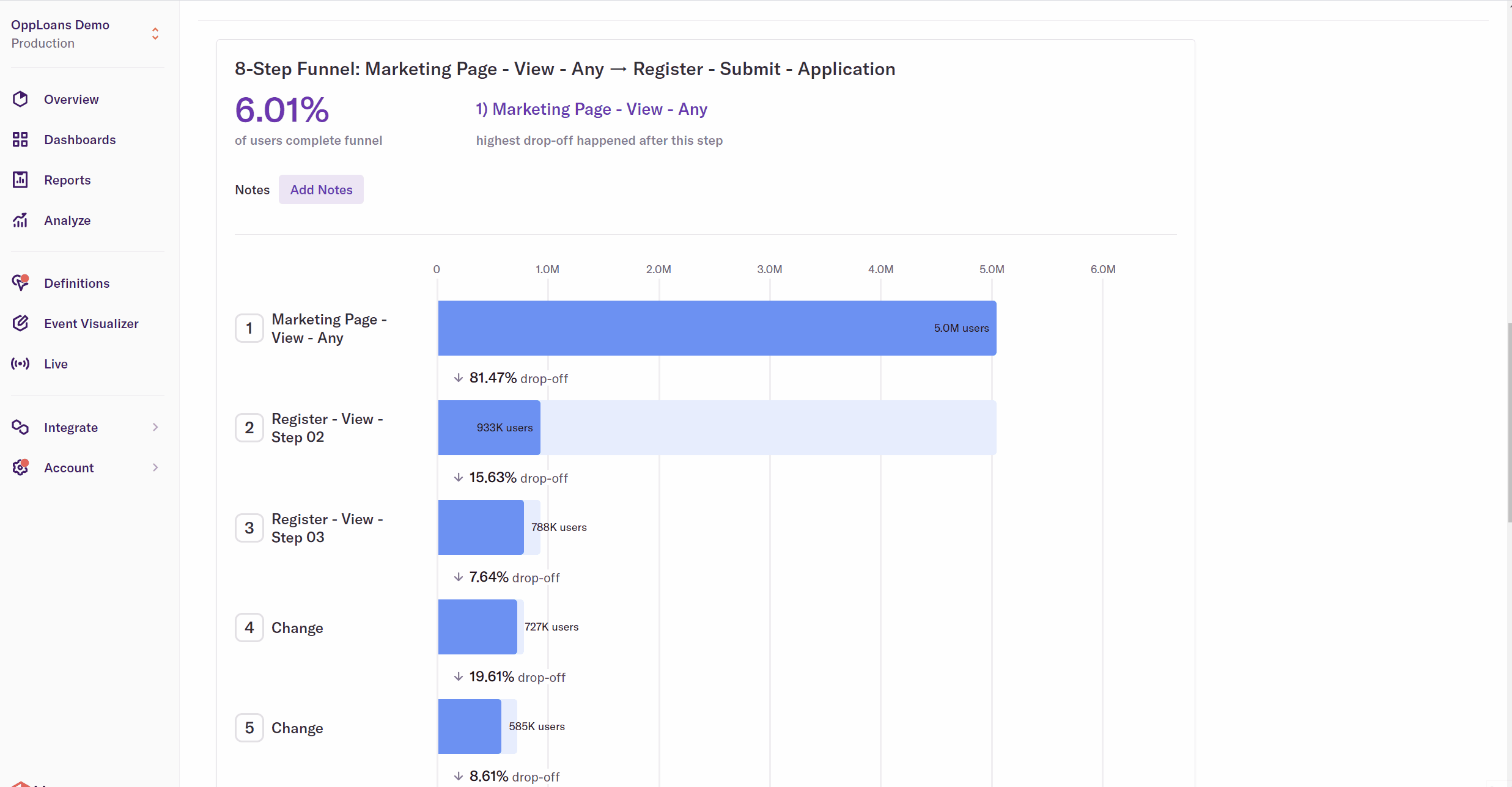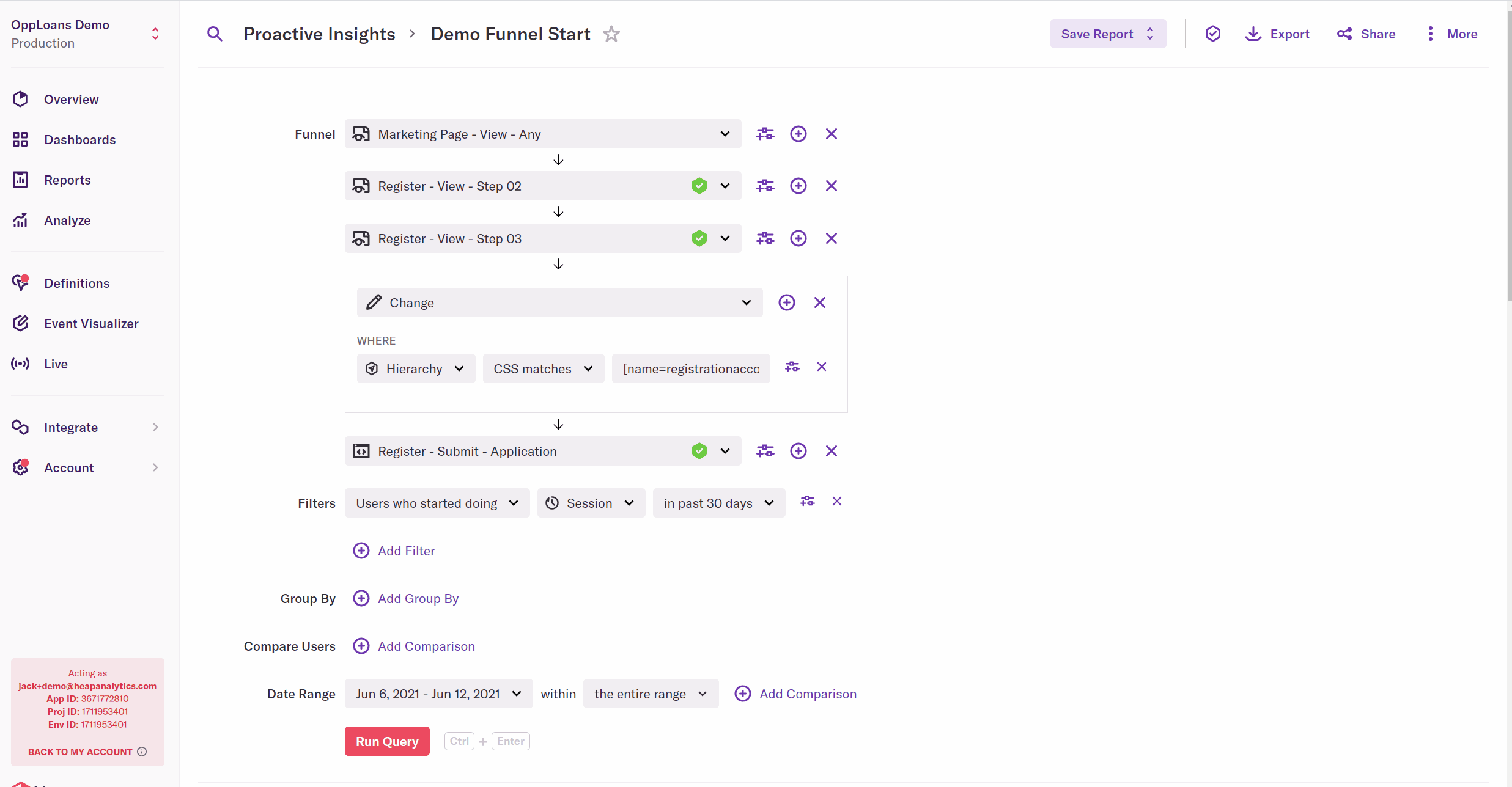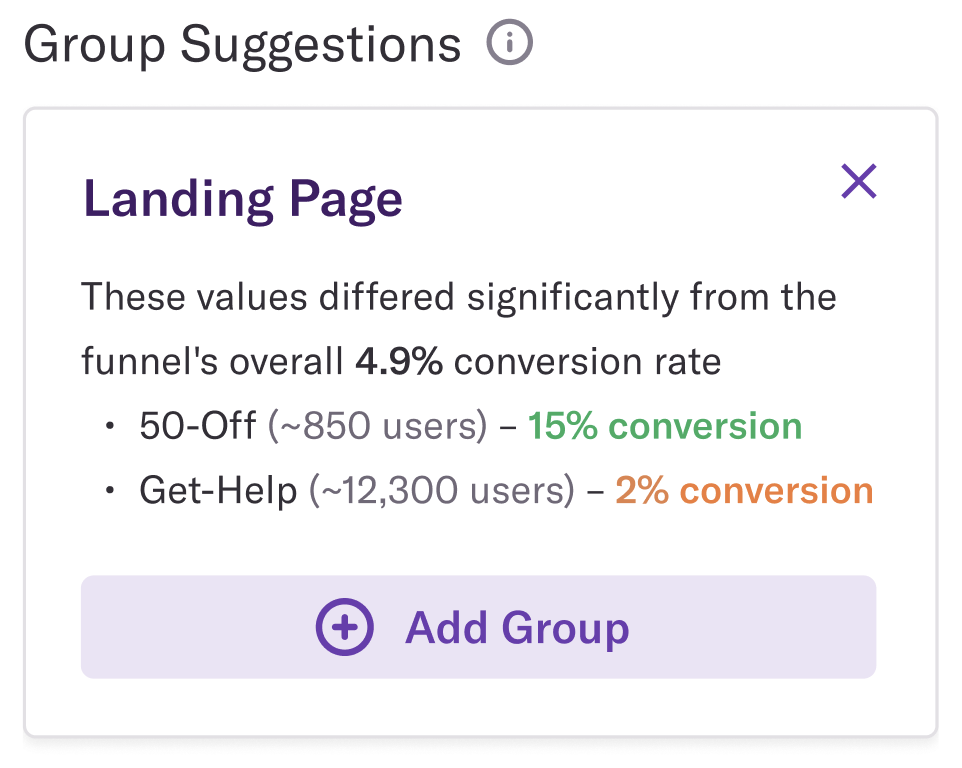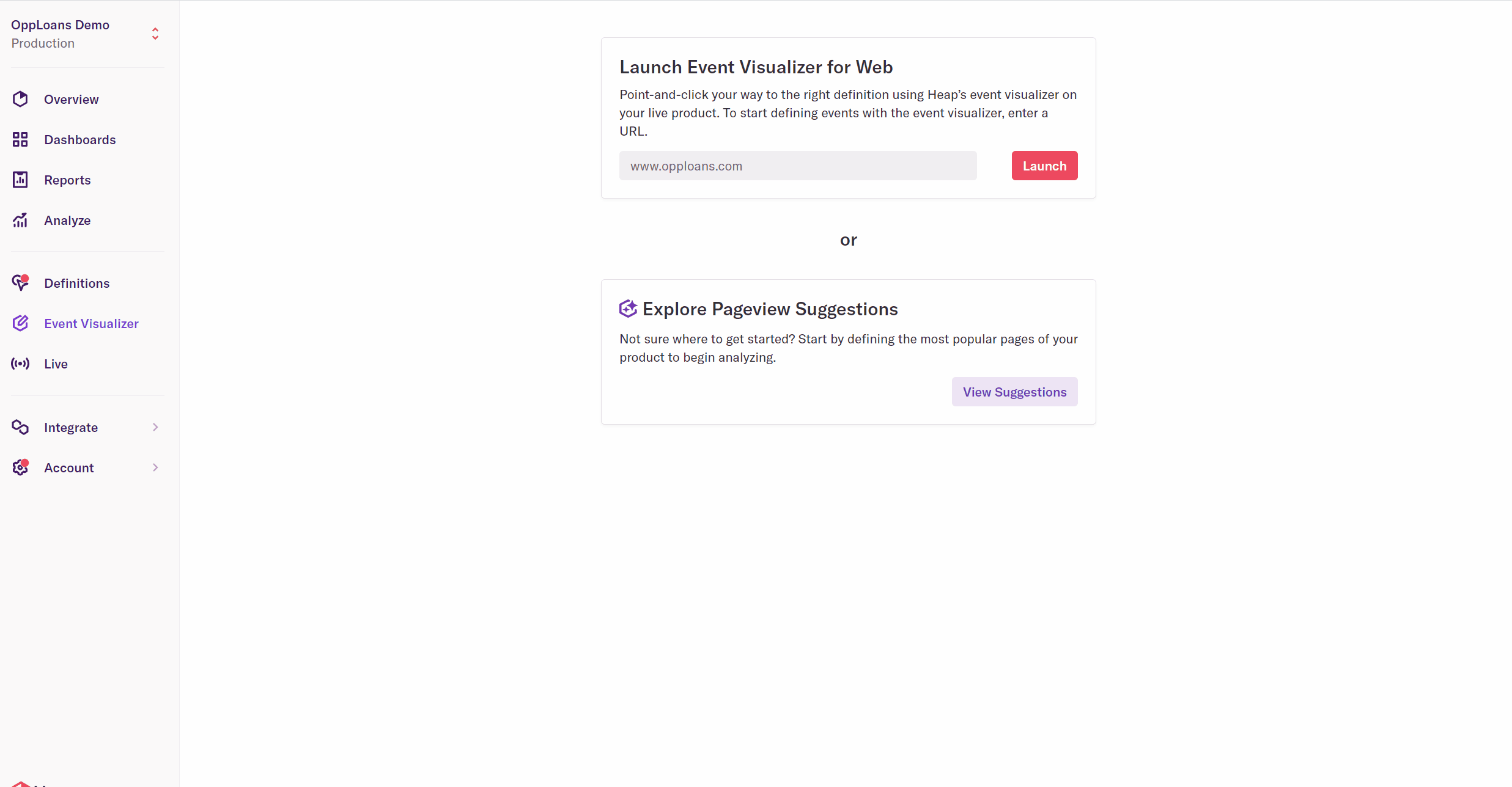Heap Illuminate: Introducing the Future of Insights
Digital experiences are taking over the world. Already a large portion of interactions that used to take place in physical space now take place virtually. And this transformation is still in its infancy. For anyone willing to envision a new way to relate people to people, or companies to companies, the future is wide open.
This transformation is especially true in the business world, where the digital experience is often the primary interaction a company has with prospects and customers. In many cases it’s the only site of interaction between them!
For this reason, it's imperative for companies to produce a delightful digital experience that compels, that attracts, that’s easy to use. Our survey data shows this: 89% of people say “ease of use” is very important or somewhat important when choosing between two websites that accomplish similar goals. It seems that product teams hold the same value: 95% of them say their site is somewhat or very easy for users to navigate and use!
However, 43% of consumers think the majority of websites were not designed around the needs of the end user. The clear disconnect is: what digital teams think they know about how users experience their sites is different from what users actually experience. Clearly these teams are not getting an objective view of their customers’ experiences.
The failure of tools to bridge this gap
For many years, data has promised to give teams the objectivity to bridge this gap. By capturing data on what customers click on, what paths they take, and how different users behave on your site, the thinking goes, teams can figure out what’s most important and prioritize the features that most move the bottom line. So why haven’t they?
It is true that developing a data-driven culture is difficult, and requires more than just data. But we’d also propose that the primary responsibility for this failure lies in the hands of the tools themselves, which have failed to give teams either the data or the insights they need.
The data clearly shows this. While 71% of teams in our survey have tools that give them data on how users interact with their product/website, only 16% of respondents say they know why most customers drop off their site.
A paradigm shift: Heap Illuminate
Given this background, we’d propose a new approach: that analytics tools be focused on actively showing teams the parts of user behavior that they’re not aware of already, particularly those parts of user behavior that are most impactful for the business.
How to do this? With Data Science. We call it Heap Illuminate: a suite of data-science driven capabilities that can scour your data to find the most important correlations, the most meaningful steps to look at, then surface those to you, automatically. The goal: to make sure teams never miss anything important in their behavioral data.
How much effort does a given user flow take for users to complete? Right now it’s impossible to know that with any precision. If the “happy path” you’re tracking isn’t the one most users end up taking, what do they do instead? In most tools that information is simply inaccessible. Which groups of users are most likely to convert? Right now figuring that out involves endless guess-and-check.
Download the Heap Digital Experience Insight Report to discover the kinds of opportunities your team is missing and the resulting impact on your business.
Heap Illuminate does all of this for you. It’s the long-awaited solution that gives you the data about how customers truly experience your site, not just what you think they experience. It’s a paradigm shift in digital experience analytics. And it’s here now.
Welcome to the future of insights
Meet the next generation of proactive analytics tools that make up Heap Illuminate.
Effort Analysis
Effort Analysis helps you understand why users are dropping off between funnel steps by analyzing all your autocaptured data and surfacing signals that indicate where users might be struggling across these areas:
Interactions: the median total count of clicks, form changes, and form submissions between steps (including interactions you haven’t chosen to track yet)
Time Engaged: the time it takes users to convert from one step to the next, but only counting “engaged” time (when there is at least one interaction within 60 seconds) and ignoring time spent away from the computer (e.g. stepping out for a cup of coffee for an hour).
Revisit Rate: the percentage of users who needed to revisit your workflow across multiple sessions in order to convert to the next step.
The automated insights provided by Effort Analysis help you understand where and how your users are experiencing friction, so you can prioritize work on the right parts of your journey and approach the problems in the right way.

Step Suggestions (Beta)
Step Suggestions analyzes your autocaptured data as you build funnels and proactively suggests steps for you to add where dropoff is occurring (including events you haven’t defined yet). These suggestions help you identify the major milestones in your customer journey, so you can fully understand how users are moving through your digital experience.
Step Suggestions is entering beta for select customers today — reach out to your CSM if you’re interested in joining the beta.

Group Suggestions
In January we released Group Suggestions to help users identify the properties and attributes that most impact conversion and engagement. When you run a graph or funnel query, Heap automatically offers suggestions for how to best group your data to reveal deeper insights.
With this launch, Heap now immediately shows you a preview of the impact of significant groupings that it’s detected. Now you can quickly understand if there is significant variation in conversions from specific landing pages or marketing campaigns, for example.

Pageview Suggestions
Pageview Suggestions is a new way to define pageview events in Heap. Heap automatically analyzes all the pageviews we have captured and suggests high traffic pages for you to define, helping accelerate the process of setting up a new environment once Heap is installed.
We even detect patterns in your URL structure and propose definitions that use wildcards to account for these patterns. For example, if we put the title of our blog in the URL path, Heap will recognize the pattern and suggest heap.io/blog/* which will account for all of the pageviews on our blog.

A full dataset + data science: speed, reliability, knowledge
We started by talking about the division between what consumers experience and what digital teams believe. We’ve designed Heap Illuminate to eliminate that gap: to deliver not only the data that shows teams how users engage with their site, but to automatically surface the important elements of it.
Again, data science is only half of the picture. The other half is the complete set of data. The best data science in the world is useless if it’s working on a dataset riddled with holes.
But put those together, and you get Heap Illuminate: a solution that gives you reliable insights that let you move quickly and confidently, knowing that you’ve left no stone unturned.
This is the power of data science at your service. This is Heap.
New to Heap?
Heap is the only digital insights platform that makes it easy to surface and act on the most valuable insights that are hidden in your user data. Heap combines a complete and trustworthy digital data foundation with advanced data science capabilities so teams have comprehensive tools to yield insights, move faster, and optimize customer journeys in an ever-changing marketplace.
Learn more about what our digital insights platform can do for you, or jump right in with a free trial of Heap today!
